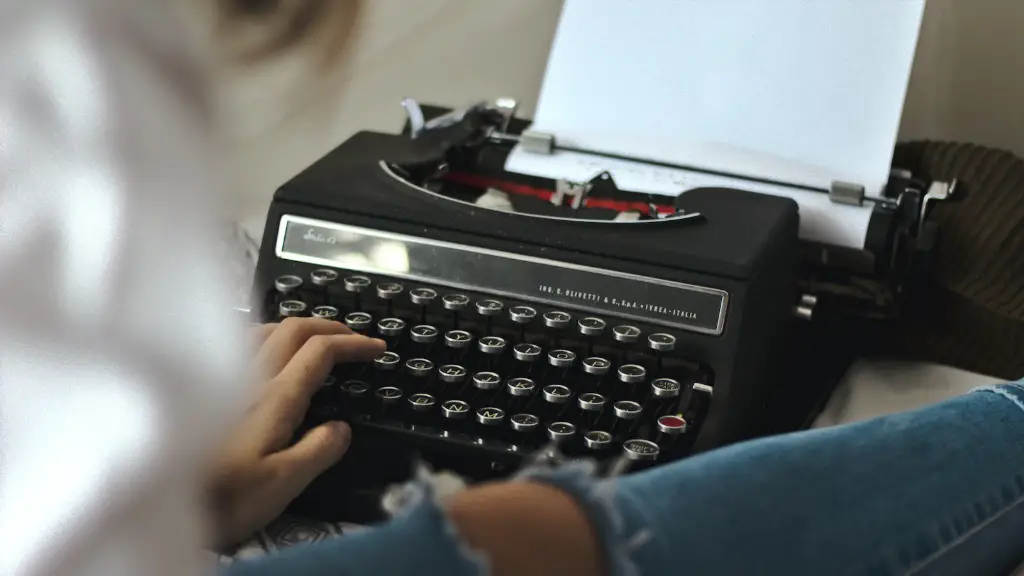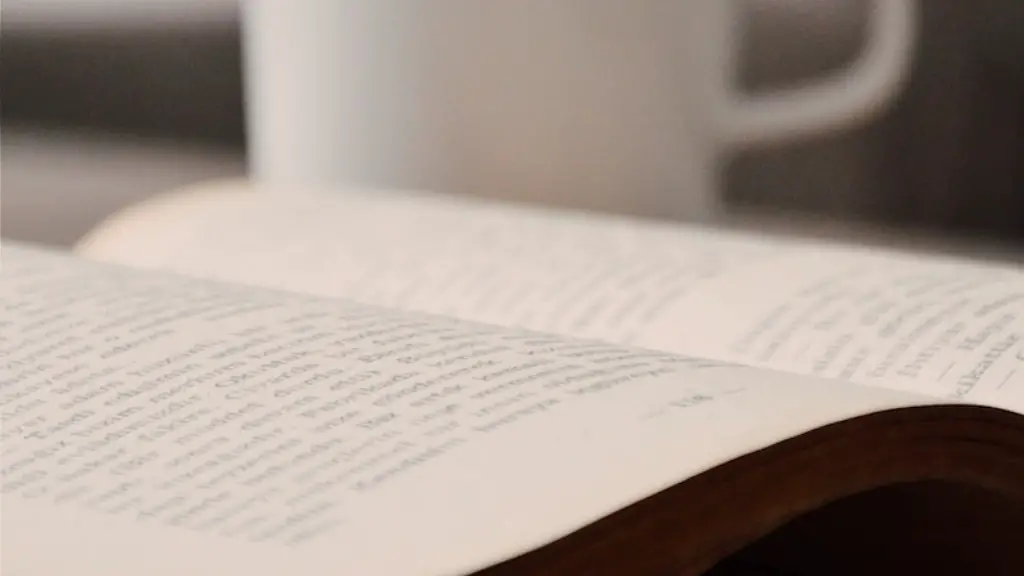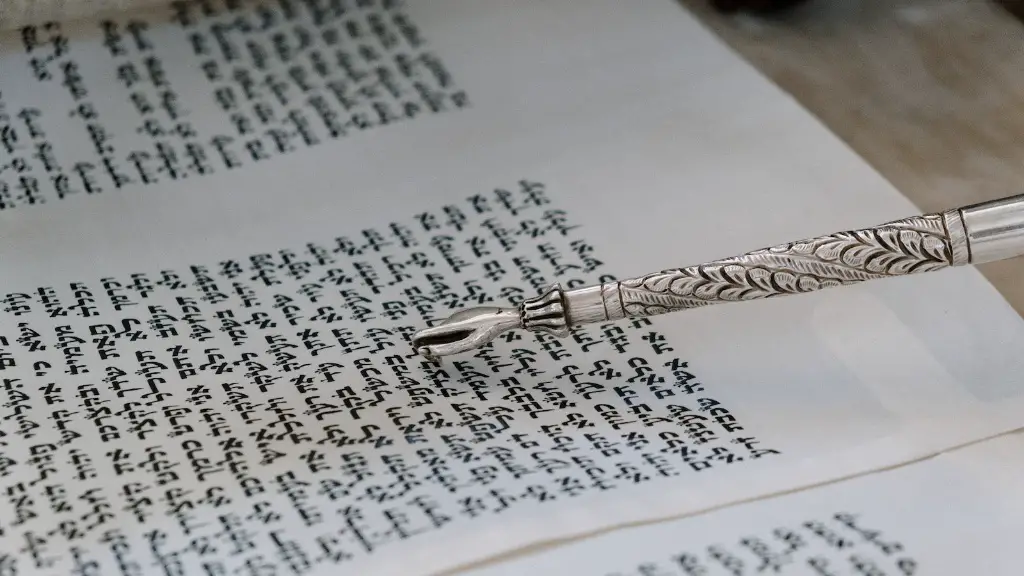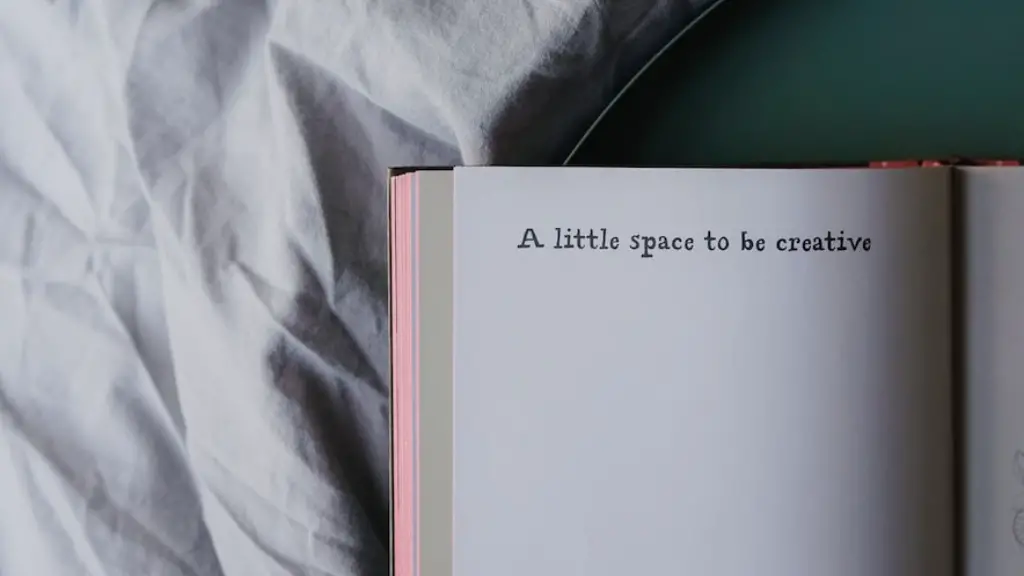Reading and responding to poetry may seem to be a daunting task to those who have never critically engaged with it before. However, with the right guidance in literature and the tips and tricks below, anyone can learn to read and respond meaningfully to poetry.
Before engaging in reading a poem, it is essential to familiarize yourself with it by looking up the meaning of words, researching the background of the poem and gathering information about the author. This is tantamount to constructing an understanding of the context within which a poem is situated. Furthermore, it is helpful to pay attention to the poem’s sound and look at its form and structure. To understand a poem’s sound, it is important to note the presence of rhymes and alliteration, and to reflect on why these can be useful when conveying a message. Reading the poem aloud may even help to recognise the sound smoother.
In addition, it can be beneficial to go beyond the immediate experience of reading a poem and to consider its complexities by asking questions. What are the layers of the poem, from the expression of a mood to the use of different literary techniques? What is the author’s play on words to convey meaning and implications? Once such intricate questions have been asked, the poem can be written about, preferably focusing on its thematic aspects.
Responding to a poem can also take place using a single line at a time. It involves reading a line, and reflecting on the words in it and the emotions they may have evoked. As the poem progresses, it can be helpful to create links between the different lines and to identify how the structure of the poem contributes to its meaning. Depending on your task, it may be useful to go as deep as possible to construct a vivid picture in the mind of the reader, for example, by paying attention to the use of verbs, adjectives, and similes.
As some of the poem’s content may be subjective, it is okay to express one’s opinion, even if it clashes with that of the author. However, it is essential to remain mindful at all times of one’s tone and to remain positive and constructive in one’s response. Another aspect of a poetry response is to reflect upon whether or not one found the poem relatable or if one felt, perhaps, they could have connected with it differently.
A poetry response should be a meaningful journey of understanding, engagement and exploration of a piece of writing, helping to uncover its deeper meanings. With the knowledge and guidance discussed above, the process of responding to a poem does not need to be intimidating and can be an enjoyable and enlightening experience.
Making a judgement
Once the process of understanding the poem has been done, it is possible to make a judgement on the poem. Although it is advisable to remain neutral in one’s language and only provide preliminary judgement, a response should include an evaluation of the poem’s use of language, structure and imagery. Analysing the connotations and denotations of words will provide insights into the aesthetic, contextual, and ideological features of a poem, helping to accurately assess the meaning of a poem.
To make a deep judgement on a poem, it is essential to analyse its different poetic devices, such as metaphor and irony, in order to assess the effectiveness of each. After the poem has been properly read, this would demonstrate the reader’s level of comprehension and thought towards the poem. Expressing a personal point of view is also very important when making a judgement, as it provides an engaging and vivid account of the poem and highlights one’s understanding of it.
Finally, relating the poem’s content to larger questions and themes is a key way to demonstrate an understanding of the depth of a poem. These larger questions can range from political messages hinted by the author to provocations about culture, allowing the reader to make profound analysis.
Approaching issues
Apart from being knowledgeable about the poem itself, being aware of the ultimate intention behind it may also broaden the reader’s analysis. Understanding the poem’s purpose can be a difficult task as intent can often be vague. But by asking what the author’s intention was and what the poem can reveal about their world view, a more rounded understanding can be achieved.
In light of such considerations, the reader should also unearth the poem’s layers and delicate nuances, this includes giving attention to its rhythm, its ambiguousness, its subtleties and its undiscovered poetic potential. This will give the reader an understanding of the poem’s subtleties, which in turn can offer a unique insight into the author’s approach to their subject matter.
Connecting a poem’s themes to history, political or social circumstances may also allow the reader to approach issues from a different angle, interpreting and appreciating the poem from another standpoint. By constructing a well-rounded and in-depth analysis of the poem, their point of view may even differ from that of the author, allowing for a sophisticated and useful analysis.
Reflective journaling
Furthermore, reflecting on the poem after reading it can help one further develop their response. The process of reflective journaling is an immensely useful method for paying closer attention to the poem, its themes and its many aspects. The reflective journal offers the reader an opportunity to write about the poem’s content and appreciate the nuances of the text. The reflective journal also provides the reader with the space to consider the poem in the context of their own life and the world they live in.
The reflective journal can also help the reader see the poem as a whole, linking the thoughts they have previously had while reading the poem to each other. Besides linking the poem to their personal experience and providing a valid interpretation, the reflective journal will also assist the reader in gaining further insights into the poem and forming personal connections with it.
Engaging with imagination
Finally, engaging with the poem’s imagery and allowing for imagination to take control of the poem’s interpretation can be a good way to slowly immerse oneself in the world of the poem. Imagination, when combined with a thorough understanding of the poem, can open up the reader’s mind to interpret the poem outside of its traditional boundaries.
Apart from the beauty of responding to a poem imaginatively, it can also encourage the reader to connect with their own experiences and revel in the emotion that the poem has to offer. By letting go of traditional interpretations and focusing on creating their own, readers can find beauty and deeper meanings within the poem.
Visualising with symbols
Visualising the poem, either with the help of symbols or through illustrations, is also instrumental in deepening one’s response. Instead of simply focusing on the words in the poem, visualising offers the opportunity to engage with its imagery in a more profound way. This offers a distinct and captivating way to creatively interpret the contents of the poem in an unorthodox manner.
In terms of symbols, for example, looking for symbols and objects that symbolise feelings and philosophies in a poem can turn a literary experience into a personal one. This tactic also has the benefit of enriching the reader’s understanding of the poem, making it more personal and purposeful.
As well as actively engaging with the text through visualisation, another way to respond to a poem is to reflect on the author’s motivations and their journey. Doing this can be accomplished by looking at the historical, personal or general circumstances that might have played a role in the composition of the poem.
Focussing on the author’s story might also offer the reader a different perspective on the poem and in turn, a bigger insight into its content. The combination of the reader’s understanding of the poem, their imaginative engagement with it and their knowledge of the author’s story will help to fully engage with the poem.
Exploring relationships between ideas
Exploring the relationship between the poet’s ideas and viewpoints can also generate interesting insights. By exploring how the different themes are related to one another, the reader can construct a deeper understanding of the poem’s essence. For example, by understanding how the poet’s debates on life, love, and existence are connected to each other; the reader can comprehend the poem’s underlying messages.
Ultimately, the main goal of responding to a poem is to feel its sensations and appreciate its beauty. Poetry’s main power lies in its ability to make the reader feel something through its words and immerse themselves in the poet’s emotions. Although it might not be possible to fully uncover the poet’s motivation, readers should strive to appreciate its complexity and embrace its emotive possibilities.
Infusing emotion into the reading
Reading a poem with an open mind and a focus on the poet’s emotion is also a helpful way to engage with the poem. Rather than focusing solely on the structure, understanding the expression of emotion can provide an extra layer of engagement with the poem. This includes exploring its mood, tone, irony and view of the world.
Finding an emotional connection to the poem is essential in helping readers obtain an understanding of the poem’s beauty. Rather than remaining focused on the mechanics of the poem, the reader should seek to understand the poem’s spirit. This way, the reader’s personal perspective related to the poem’s messages can be explored.
Going beyond the words
Finally, it is also useful to delve into the poem’s philosophical meaning, departing from the more obvious literal interpretations of the poem. This requires an active effort to think beyond the words, to probe deeper into the poem’s implications and meanings. This form of interpretation will often carry some form of challenge to the reader, that of discovering the poem’s deeper themes and understanding the poet’s purpose.
In this way, readers can become stimulated by the poem’s capacity to evoke thought and emotion, looking beyond the words and into the profound themes that lie within. Exploring the poem in this way often provides the reader with a powerful feeling of satisfaction as they delve into the poem and discover something new.
Analysis of the poem’s effects
Analyzing a poem’s effects on the reader is also a good way to assess the success and effectiveness of a poem. In the process, the reader should reflect on the effects that the poem has had on them, for example, whether it has made them feel moved, angry, intrigued etc. This method is a useful tool for assessing the success of the poem as a piece of literature as well as understanding how the poem has impacted the reader’s reactions and emotions.
The analysis of a poem’s effects should therefore be a key consideration in any poem response, in understanding the success of the poem in provoking strong emotion and in making the reader feel something. Ultimately, the success of a poem is determined by its capacity to stir up emotion and elicit a response, making the response of utmost importance.





